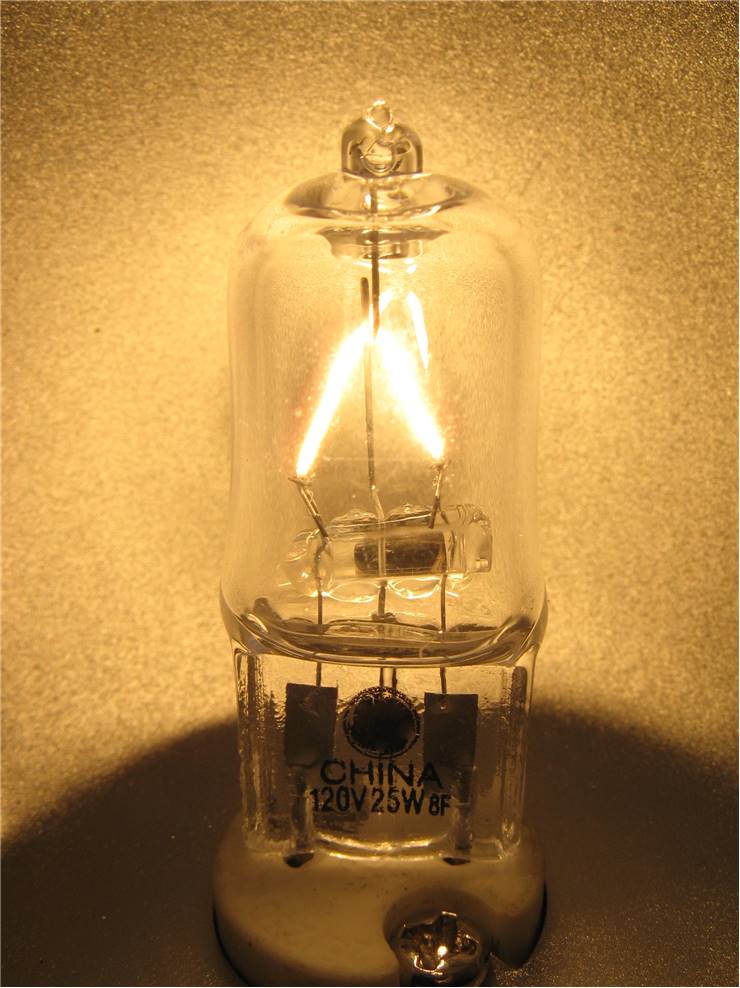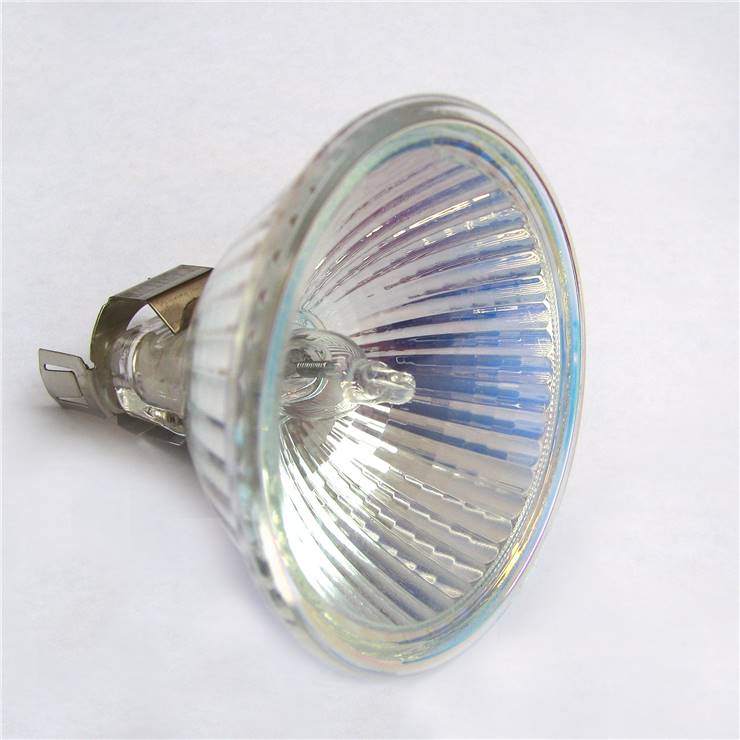History of Halogen Lamps - Invention of Halogen Light Bulbs
Since the beginning of the evolution of the incandescent lamp, engineers were trying to make a lamp that would last longer and give brighter light while consuming less energy. Life of the lamp is determined by lasting of a filament and if evaporation of the filament is lessened, life of the lamp will be longer. If you can raise the temperature of the filament lamp will shine brighter. For all this problems - halogen lamp is a solution. Not without flaws, of course.
Halogen lamp is a sort of incandescent lamp with a small amount of some halogen gas, most commonly iodine or bromine, as an atmosphere in a quartz or aluminosilicate glass bulb. In ordinary incandescent lamps, tungsten evaporates under the influence of the heat and deposits on the inner surface of the glass bulb darkening its surface. Major characteristic of the halogen lamp is relation between tungsten and halogen gas in the glass bulb (so-called halogen cycle). When tungsten evaporates, it reacts with halogen forming the halide, which does not deposit on the glass. When halide gets close to the tungsten, which has high temperature it dissolves into tungsten, which returns to filament, and to halogen, which returns to atmosphere in the bulb, to react again. That way glass stays clear and tungsten filament lasts longer. Because of the high temperature and need for bulb to be small so halogen can react with tungsten, bulb must be strong and resistant. That is why it is made from quartz or aluminosilicate glass. Because bulb is strong it is possible to rise pressure and concentration of halogen in the bulb which again gives better reaction between halogen and tungsten. First lamp to use halogen gas (chlorine) was patented in 1882 but the first commercial halogen lamp that used iodine as a halogen gas was patented in 1959 by General Electric. It was developed by Elmer Fridrich and Emmet Wiley who worked at General Electric, in 1955. Since 1980, halogen lamp was improved and made lighter.

Halogen lamps come in two variants: one-sided and two-sided. Two-sided have stronger light and take more power so are used as floodlights, work lights and film production lights. Halogen one-sided lamps are used in the automobile headlights, film projectors because of the strong light and small size (with adding of the heat-absorbing filters because of the high temperature that they develop) and in homes as general lightning, desktop lamps or indirect lightning. They were also used for backlights in the earlier LCD monitors but are replaced with other types of lamp.
Halogen lamps get much hotter because they have smaller surface that cools less and is closer to the filament. That is way they present danger and there are known cases of second and third degree burns form touching the halogen lamps. Bulbs should not be touched even when they are cold because residue from the fingers heats with a different speed than the parts without it and spreads which can cause bulb to explode. There are even laws that say that a halogen lamp must be behind protective glass or a wire mash.



